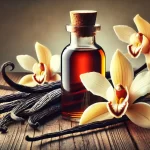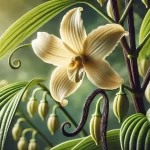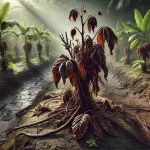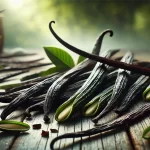Vanilla is one of the world’s most prized and versatile spices, known for both its unmistakable aroma and distinctive flavor. However, behind every vanilla bean lies a fascinating story full of surprising facts. Below, we present 10 fun facts about vanilla that you probably didn’t know.
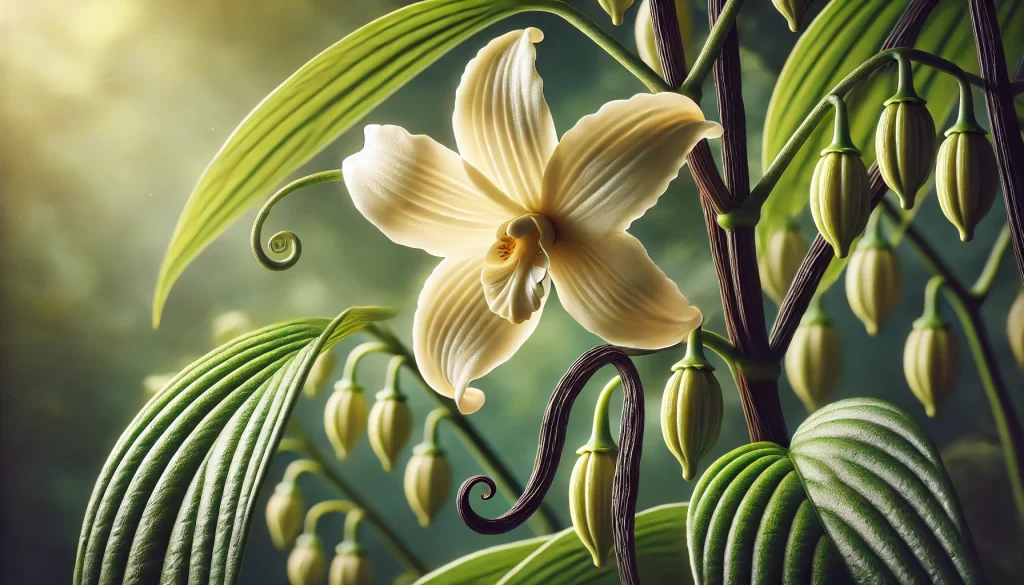
Vanilla Comes from an Orchid
Vanilla is not a tree or shrub, but a tropical orchid called Vanilla planifolia. It is one of the few orchids commercially cultivated for its fruit, the vanilla pods. This climbing plant needs proper support to grow, such as trees or artificial structures.
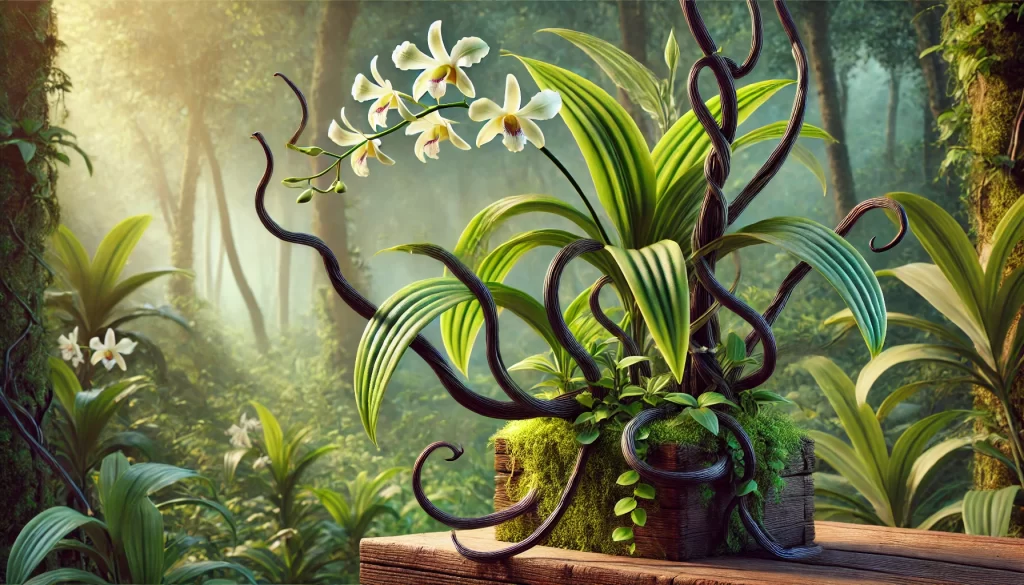
Pollination Is Almost Entirely Manual
In its natural habitat, vanilla is pollinated by melipona bees, a type of stingless bee. However, outside of Mexico, where these bees do not exist, pollination must be done manual, flower by flower. This process is extremely labor-intensive and contributes to the high cost of vanilla.
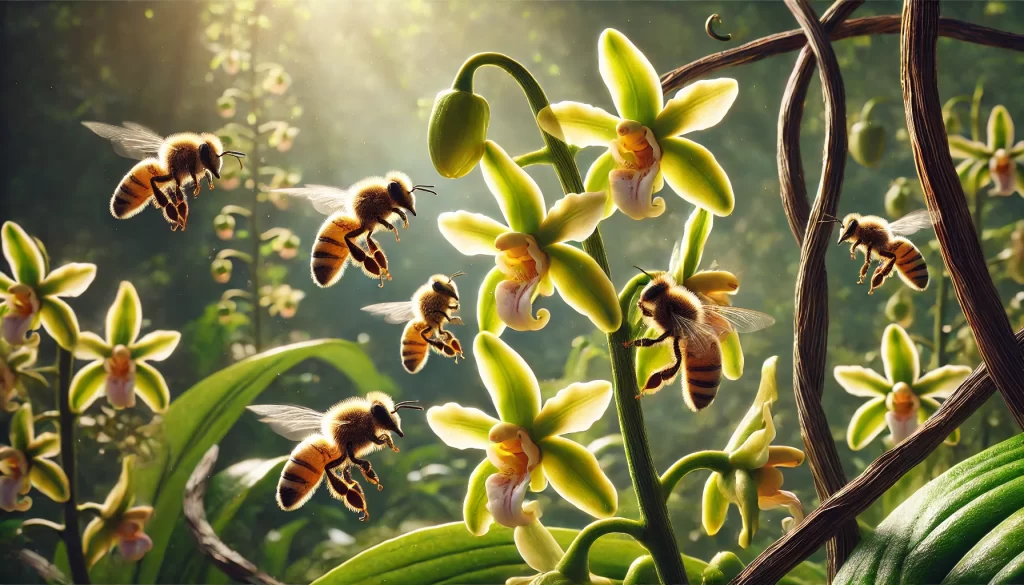
It Was Considered an Aphrodisiac in Ancient Times
Ancient Mesoamerican civilizations, such as the Aztecs and the Mayans, considered vanilla an aphrodisiac. They used it to flavor cacao-based drinks and believed it had stimulating and energizing properties.
The Curing Process Takes Months
After harvest, vanilla pods go through an artisanal curing process that can last between 3 and 6 months. This process includes scalding, sweating, sun-drying, and maturation, which develops its characteristic aroma and flavor.
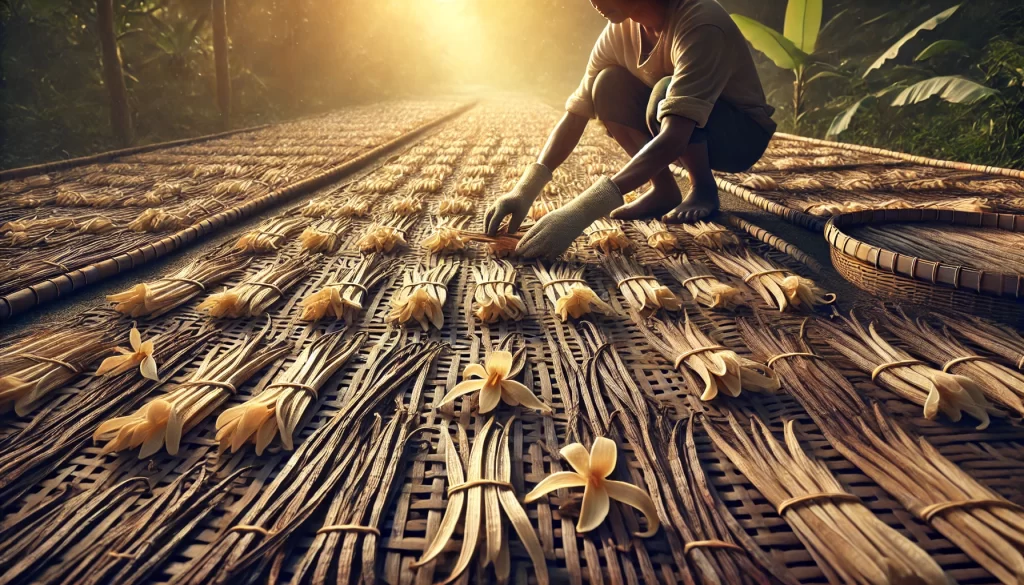
Mexico Is the Birthplace of Vanilla
Vanilla originates in Mexico, where it was known as “Tlilxochitl”, which means “black flower” in Nahuatl. It was used by the Aztecs to flavor xocoatl, a cacao-based drink.
Natural Vanilla Is One of the Most Expensive Spices in the World
The combination of manual pollination, long growing periods, and meticulous curing makes vanilla one of the most expensive spices on the planet, surpassed only by saffron.
80% of Vanilla Comes from Madagascar
Although Mexico is the historical birthplace of vanilla, today, Madagascar is the world’s largest producer, responsible for approximately 80% of the global vanilla production.
Each Vanilla Flower Blooms Only One Day
The vanilla flower has a peculiar characteristic: it bloomes only for one day. If it is not pollinated during that short period, the flower wilts and does not produce pods.
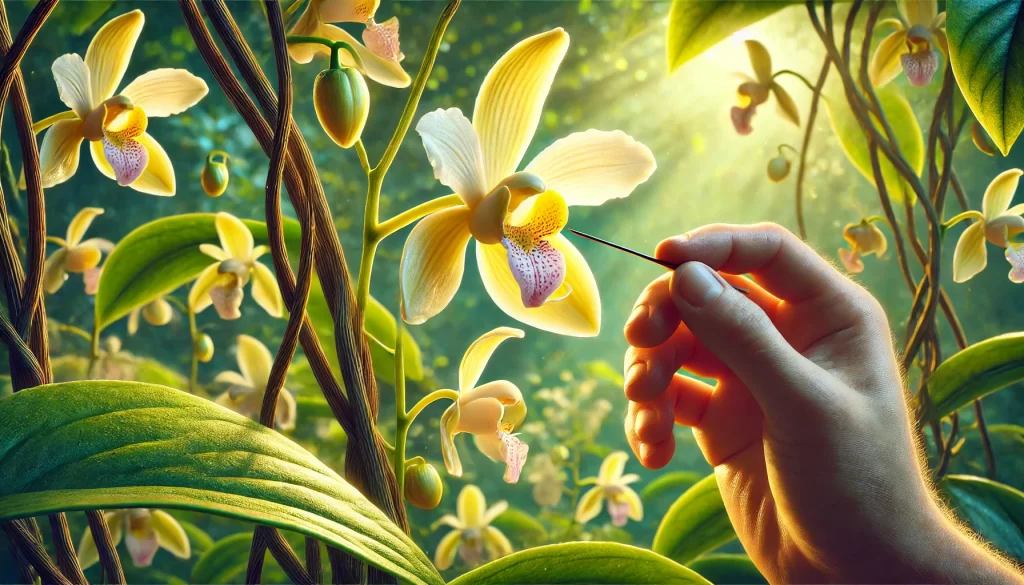
Artificial Vanilla Flavor Does Not Come from the Plant
Most vanilla-flavored products on the market do not contain natural vanilla. Instead, they use synthetic vanillin, a chemical compound that mimics the flavor of vanilla. This compound is usually derived from byproducts of the wood or petroleum industry.
Vanilla Has Medicinal Applications
Besides its culinary use, vanilla has been used in traditional medicine to treat digestive problems, reduce stress, and as an antioxidant. Some modern studies suggest that vanilla compounds may have antimicrobial properties.
Conclusion
Vanilla is not just another ingredient in desserts and perfumes; it is a spice with a fascinating history, a unique growing process, and significant cultural value. Each vanilla pod is the result of years of work, care, and dedication, which explains its high cost and privileged place in the world of spices. Now that you know these fun facts, you will surely appreciate even more the next dessert or product flavored with vanilla that you enjoy.
 AgronoBlog – Agriculture Blog
AgronoBlog – Agriculture Blog 